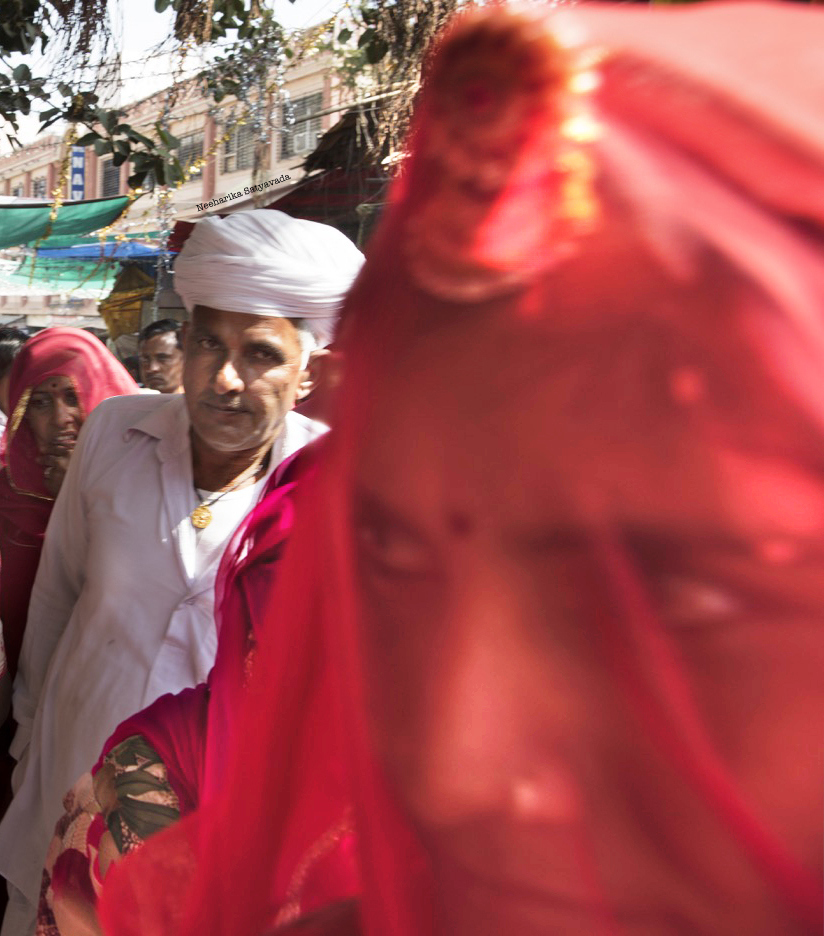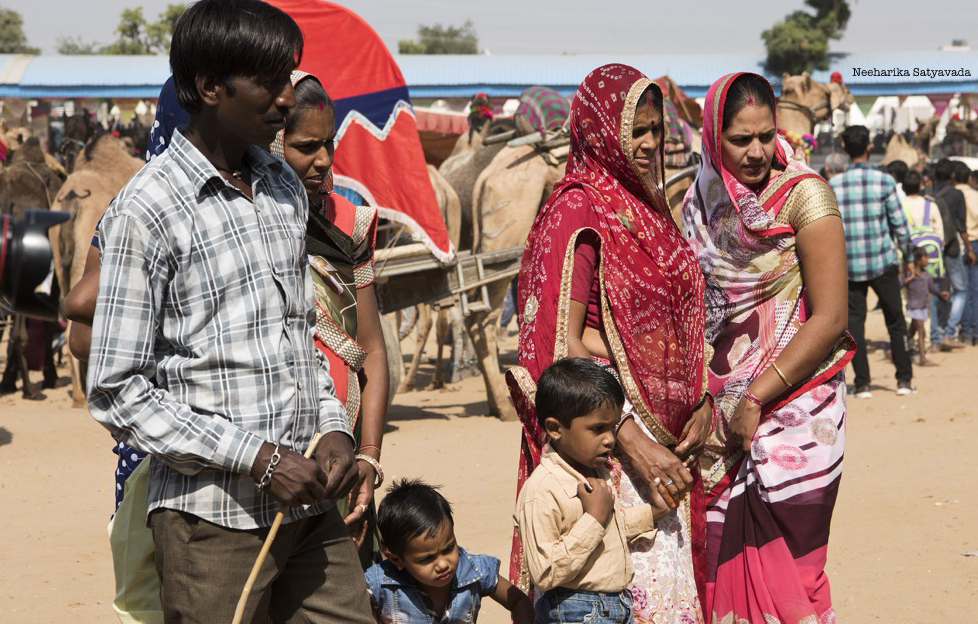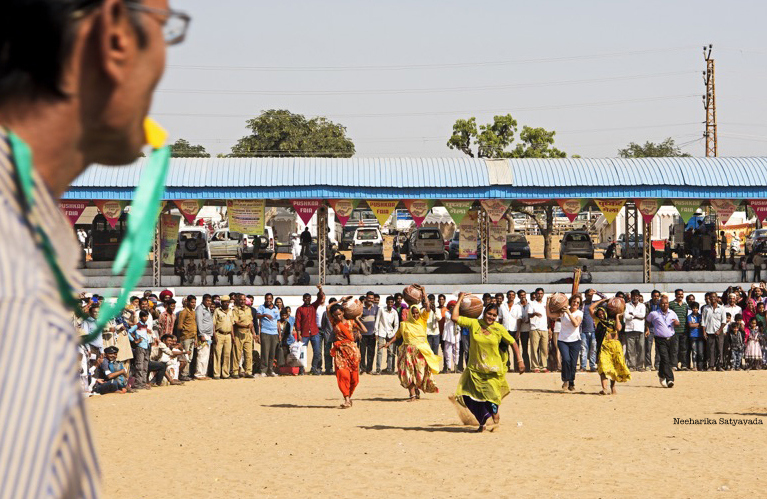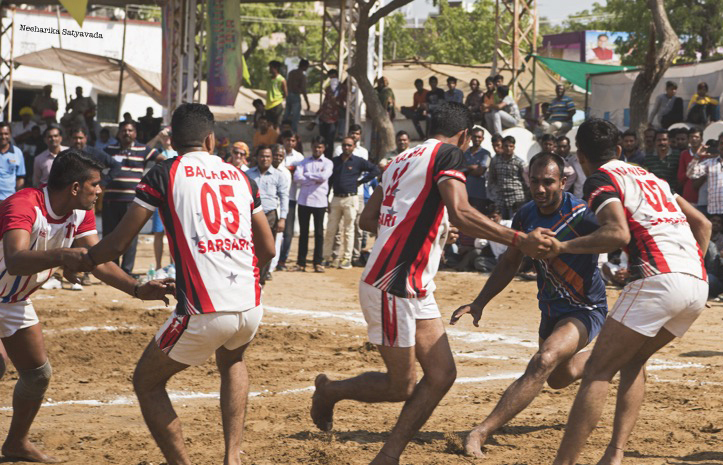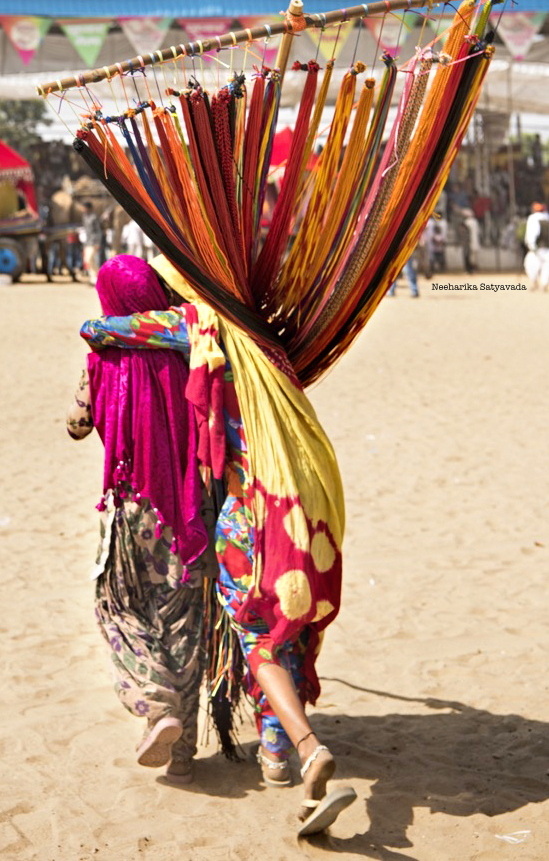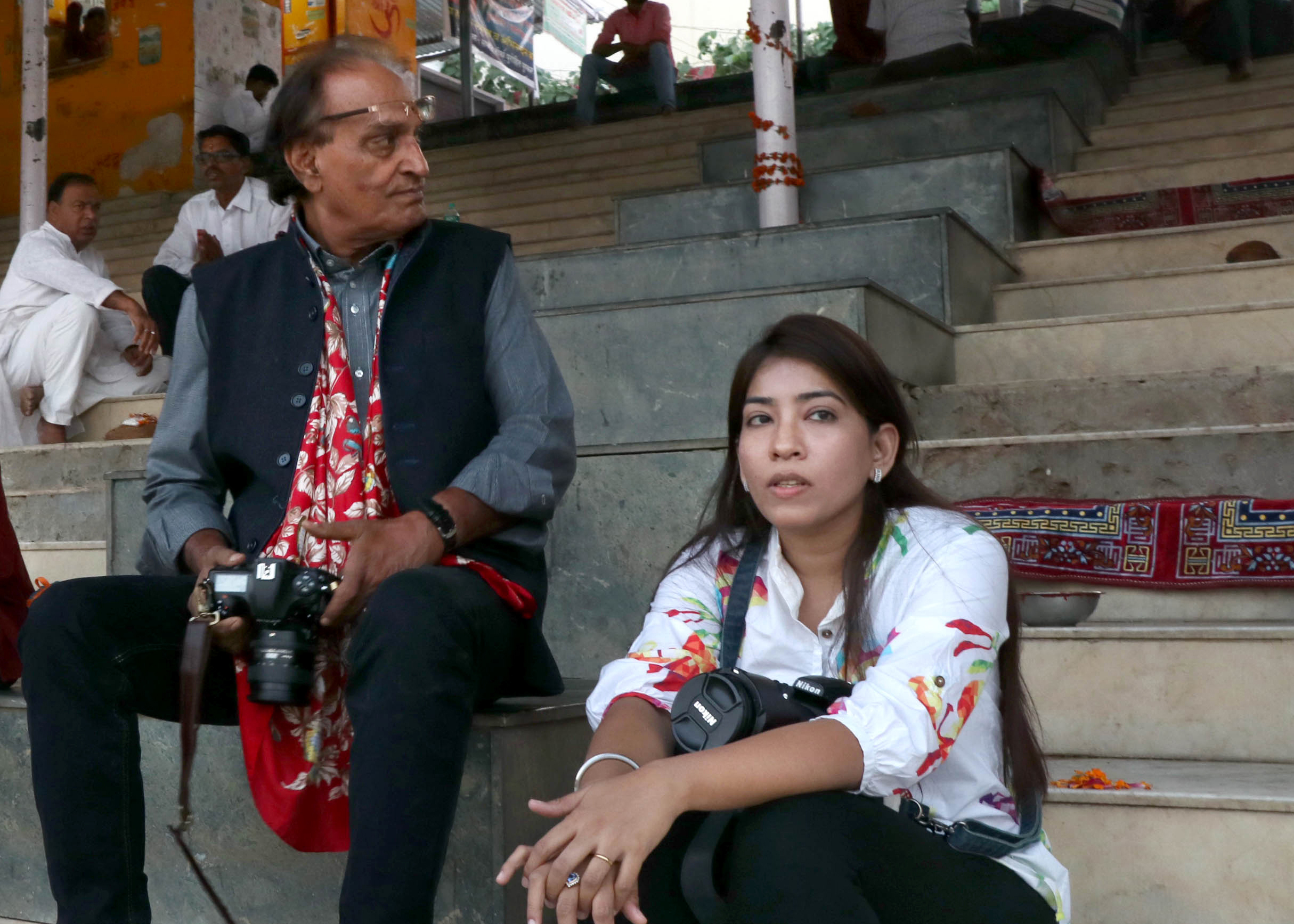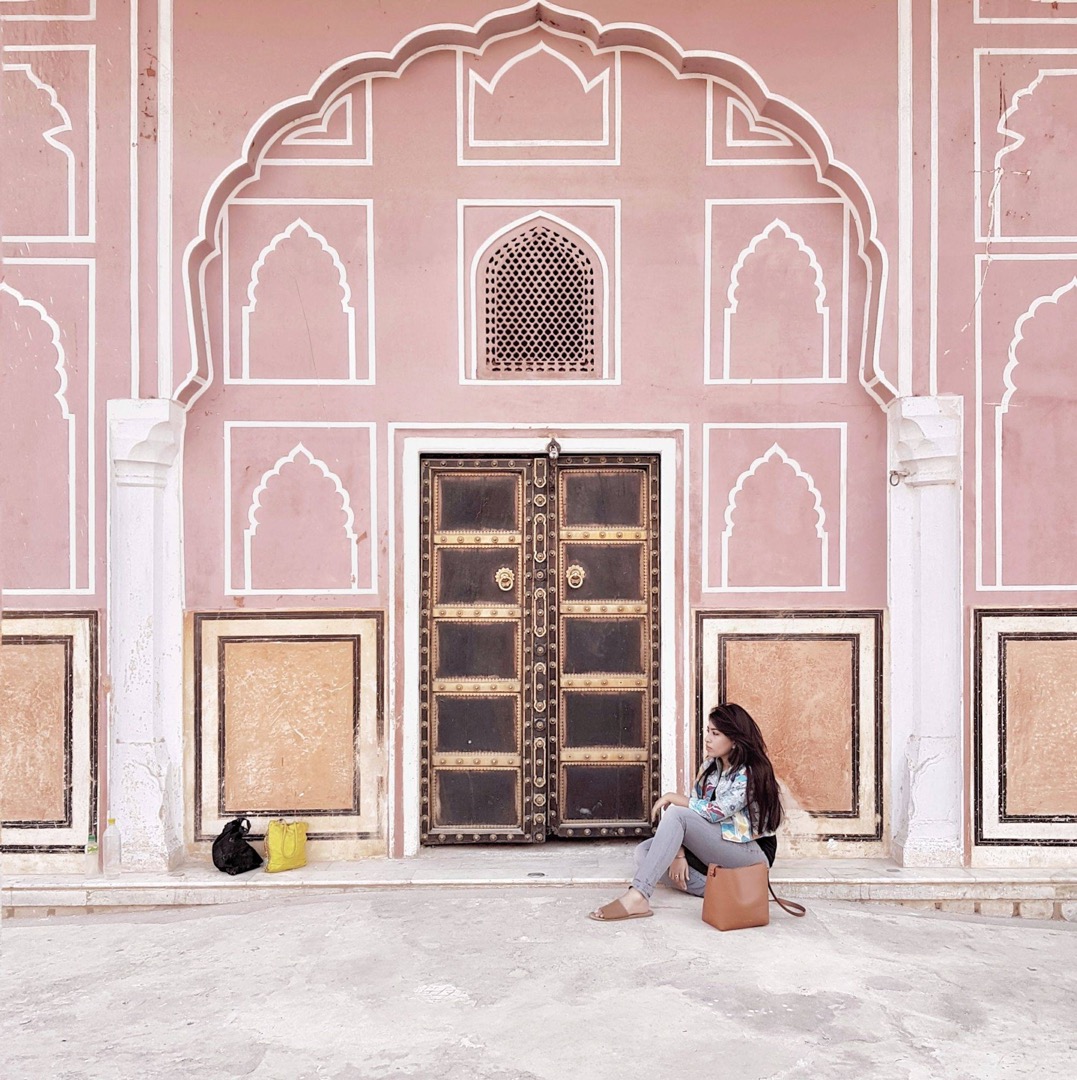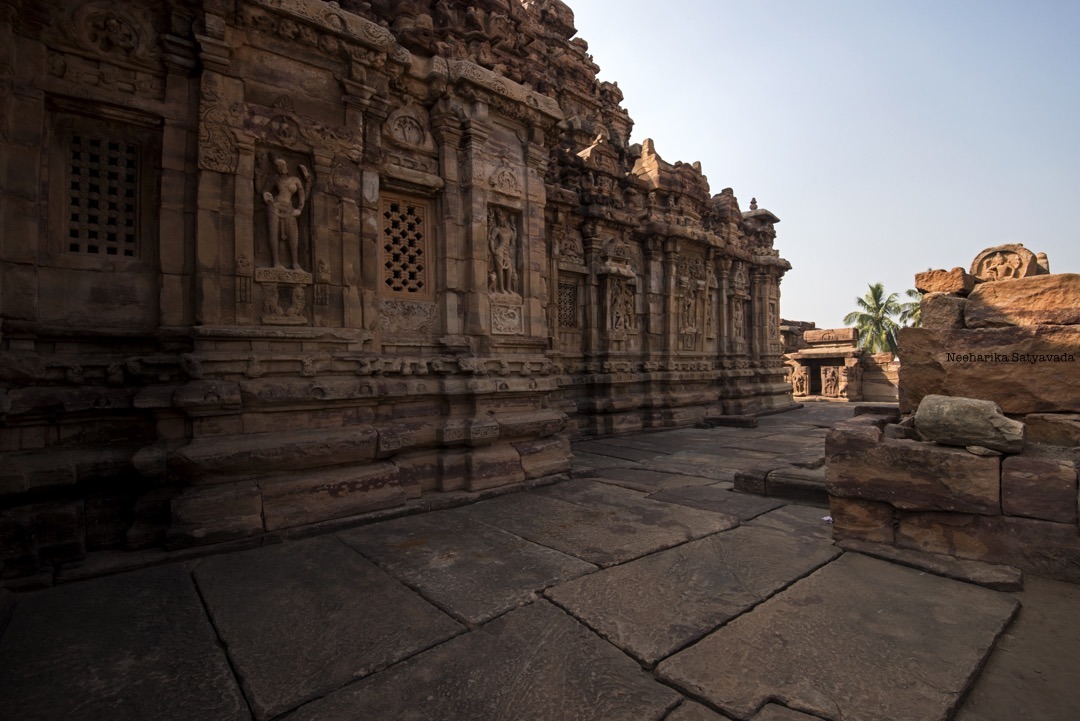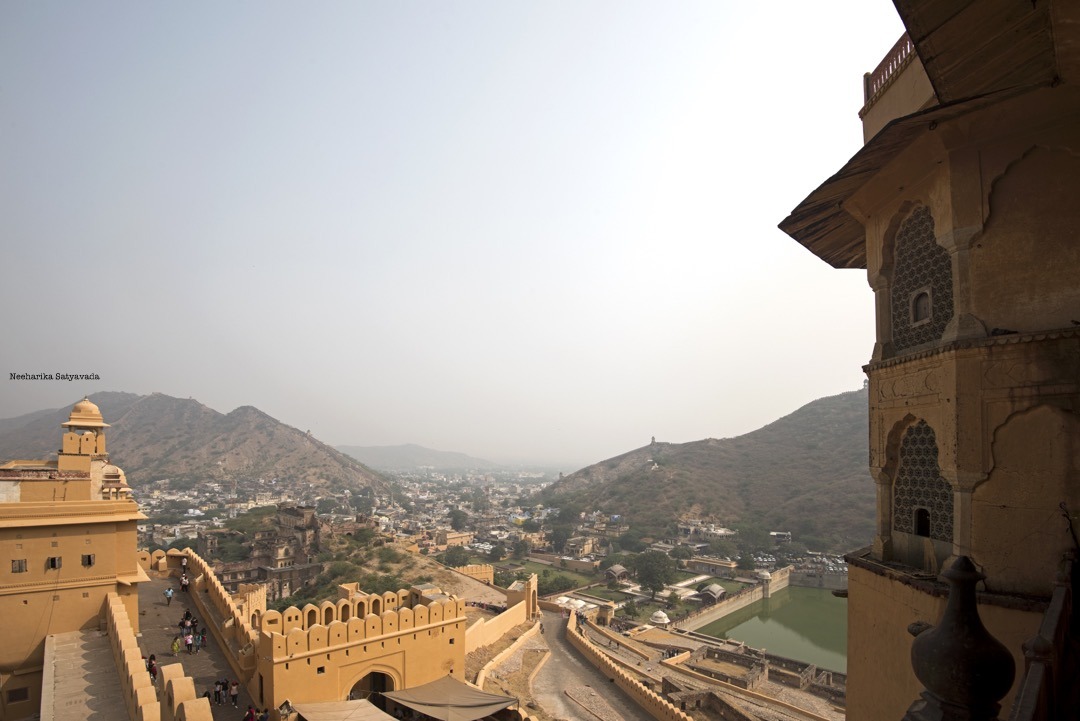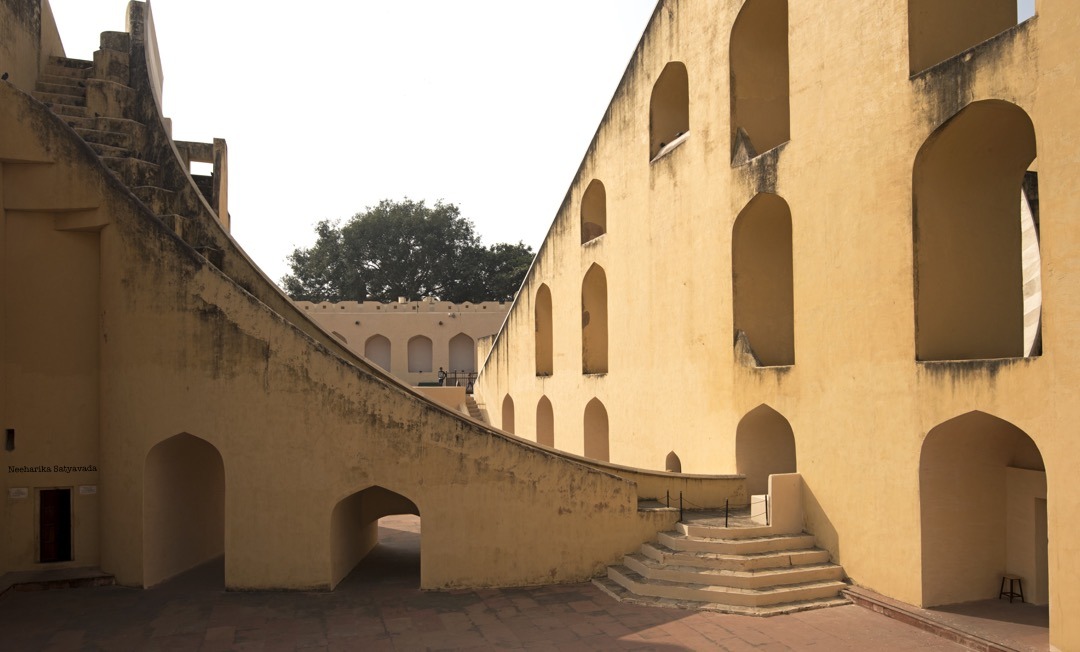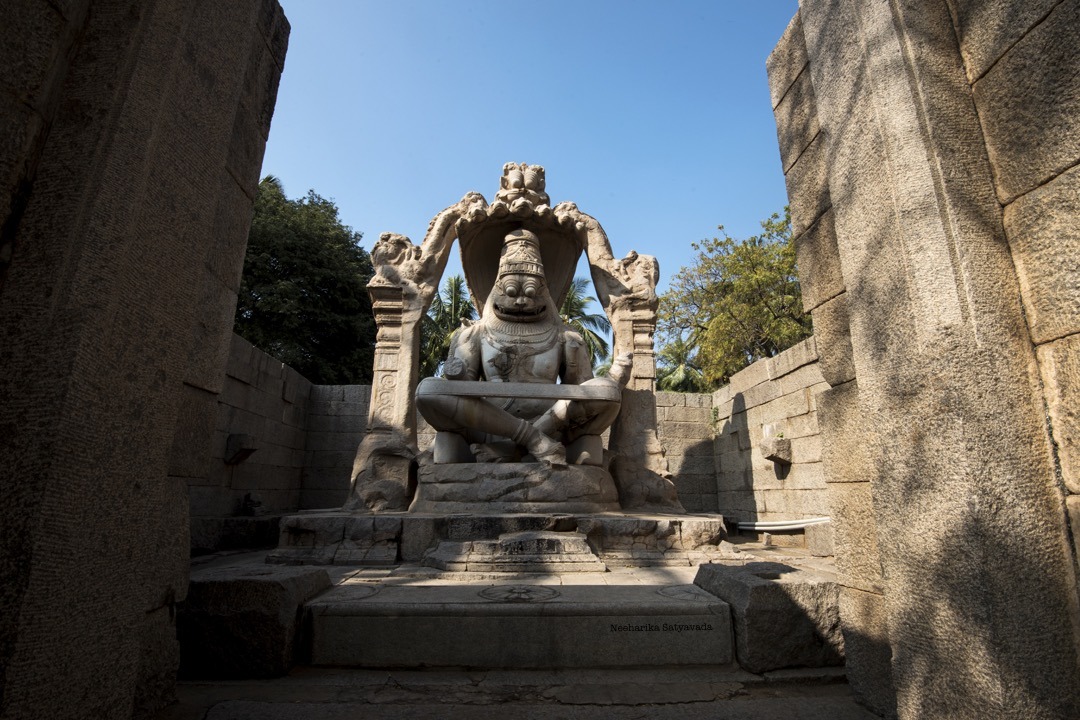Think Rajasthan and immediately pops into your head a picture of undulating waves of sand shimmering golden in the sun and a row of women all but hidden in their bright twirling lehengas and odhanis, walking away with pots of water on their head as thick silver anklets catch the sun on a hot windy afternoon.
But, you couldn’t be more wrong with Udaipur. Touted to be India’s most romantic city, it sits hidden between lush green hills endlessly stretching away in every direction.
To get a real feel of Udaipur though and its old world charm, a heritage walk along the winding thoroughfares of its walled city is what you need.

Choc-a-bloc with beautiful marble palaces, ancient temples, bright colourful havelis with facades of intricate jharokas, there is a temple at every turn and every house along the way has walls adorned with frescos in the miniature painting style of the region.
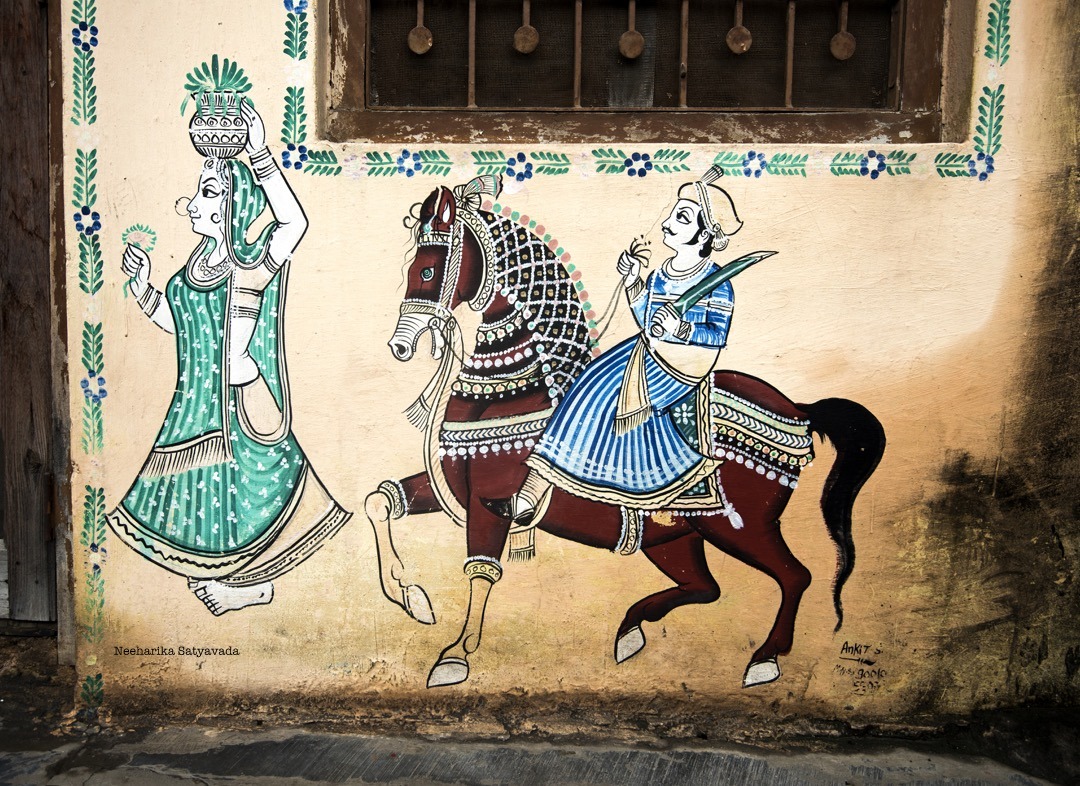

Udaipur’s old city is divided into sections by huge ornate gates along these erstwhile rampart walls that are locally known as pols. Like Hathi Pol or Elephant Gate which leads you from the main street, on to the grandiose City Palace. There are boards everywhere directing you to the next point of interest on the walk, be it a ghat, a haveli, a palace or even a museum.

Of these, the Gangaur Ghat with its imposing gateway and stunning Jagdish Mandir, made entirely in white marble are the most striking. The city palace is too, in its flamboyance.
Bhattiyani Chouhatta
If one follows the route charted by the Udaipur Nagar Nigam, the city’s municipal council, then Bhattiyani Chouhatta is the starting point. An area within the walled city, the original fortified city from 450 years ago.

Here is where most of the havelis, temples and points of interest along this heritage walk are. Billboards all across the dusty crooked lanes in the old city announce backpacker friendly budget hotels, yoga and Indian cooking classes and rooftop cafes that proclaim views of the famously beautiful Lake Pichola.

Lake Pichola
Everything Udaipur, is in and around this lake, the Lake Pichola. The Aravallis, the gardens, palaces, havelis and temples.
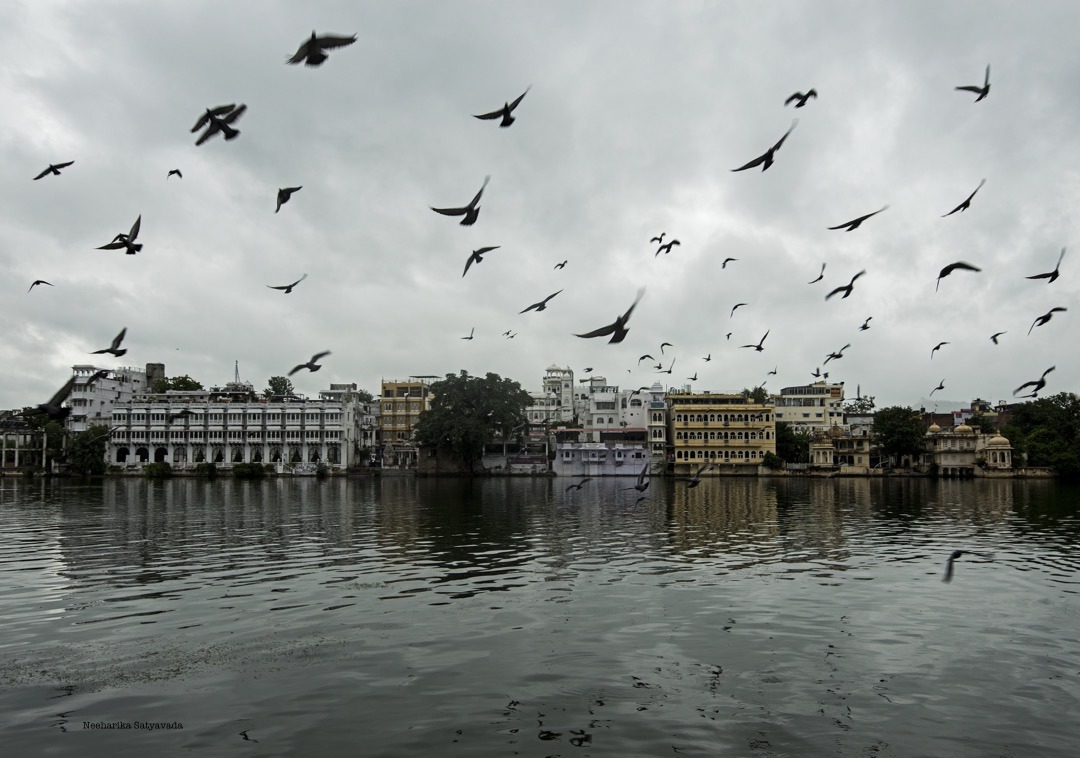
The walk leads you through hidden alleyways, past traditional Rajasthani homes and the numerous temples and out on to the banks of the Pichola.

Prominent on the lake are Jag Niwas and Jag Mandir. While the best known of these is the Taj Lake Palace or Jag Niwas, as it was called by Maharana Jagat Singh II, whose pleasure palace it was in the 1700s. It is the Jag Mandir Island Palace that stands out, with its marble courtyard and ornate elephants jutting out into the water from every corner. It was here that Shah Jahan was given refuge by the Maharana of Mewar, Raja Karan Singh in 1623.
Gangaur Ghat
A ghat dedicated to one of the most important local festivals of Rajasthan, the Gangaur Festival. An 18 day festival celebrated by the women of Mewar in honour of the Goddess Gauri and her consort Lord Shiva (Gana). This ghat on the Lake Pichola serves as the location for the culmination of the Gangaur festivities and as the end point for the procession that begins from the City Palace.

Though the Gangaur Ghat sees the most crowds during this festival that celebrates women, it remains a popular landmark and is dearly loved by the locals even otherwise during the rest of the year.

Bagore ki Haveli
Located on the other side of Gangaur Ghat, this quirky museum was once a haveli. An eighteenth century haveli of over a hundred rooms, it was built by the then prime minister of Mewar in the classic style of the day.
Today it houses period costumes and photographs and hosts daily folk music & dance shows intended to be an evocative display of the Mewar culture.
Not to be missed here are the world’s largest turban and the Queens Chambers intricately done up entirely in mirrors.
Jagdish Temple
A lyrical work of carving in three storeys of white marble, the Jagdish Temple right in the heart of Udaipur’s old city is where all the roads converge. Accessed by a steep flight of stairs, this temple dedicated to Lord Vishnu comes as a complete surprise once you reach its main courtyard, flanked by the massive marble elephants.

Inspite of the buildings crowding around it, you will want to stay a while, as you are still doing the mandated parikrama (circumambulation) of the temple, stopping all the while to pay homage at the four smaller shrines dedicated to the Lords Ganesha, Shiva, Surya and the Goddess Shakti. For the entire temple is covered in carvings so intricate and interesting, that you are transfixed.

City Palace
The City Palace, Rajasthan’s biggest palace is imposing in its grandeur to say the least.

A series of palaces built over a period of four hundred years, as soon you enter through the Bari Pol or the Great Gate, you are greeted by huge arches. This was where massive weighing scales once stood, to measure out the ruling Maharana’s weight in gold – to be given away to the citizens of Mewar – on his birthday.

From these to the elephant parking bays just outside the entrance, which now serve as a look out point for idyllic views of the city set against the Aravalli ranges, everything about this palace complex is beautiful.

Built in a combination of Rajput and Mughal style of architecture typical of the era, a portion of the City Palace is open to the public and ranks number one on the list of things to see when in Udaipur.



